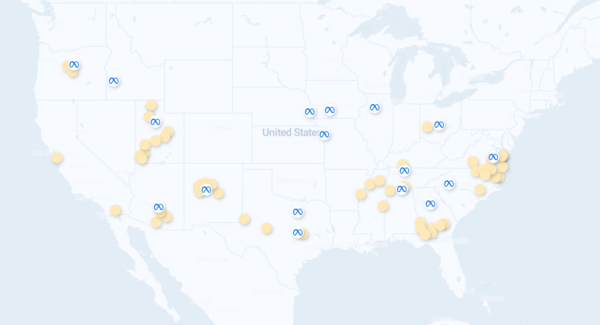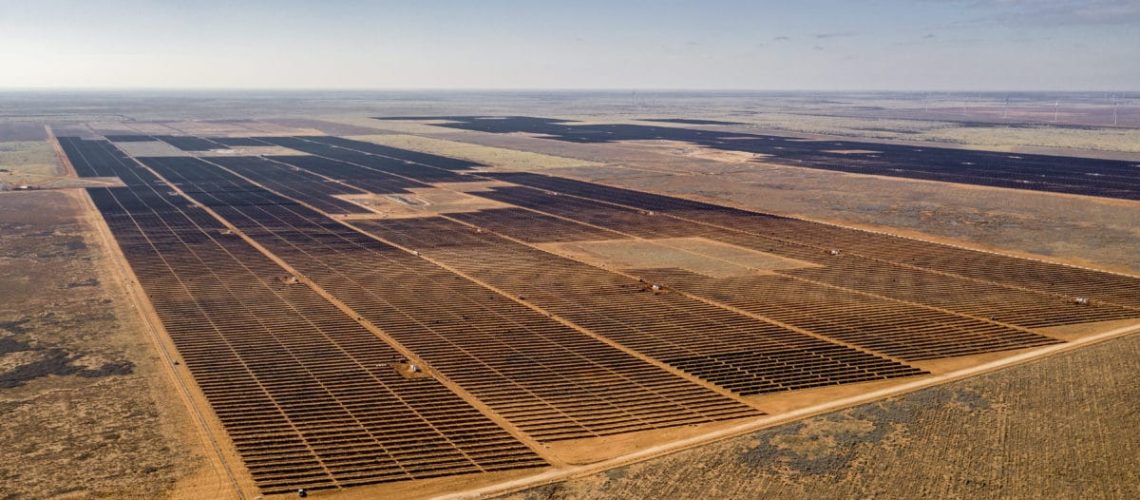Meta has revealed that its renewable energy deployments are growing by 30% each year. Meta has already deployed 3.56 GW of solar capacity, and has over 9 GW in its long-term development pipeline.
Meta, the social media giant behind Facebook and Instagram, is focused on renewable energy deployments, which are currently expanding at an impressive 30% compound annual growth rate. Urvi Parekh, director of renewable energy, discussed the company’s clean energy initiatives at the Solar Energy Industry Association’s Finance, Tax and Buyers Seminar held in New York.
At present, Meta stands as the largest commercial and industrial purchaser of solar power in the U.S., boasting close to 3.6 GW of installed solar capacity. Parekh also revealed that the company has over 9 GW of capacity awaiting development over the coming years.
One of Meta’s procurement strategies concerns the siting of new data centers. The company clarified that they do not necessarily own these data centers but they incorporate an “emissions first” rationale into their process, making inquiries with suppliers and aiming for local sourcing wherever feasible. When selecting a data center site, a key factor influencing the major electricity buyer’s decision is the ability to collaborate with the local utility.
Parekh highlighted the company’s success in partnering with utilities in the southeastern U.S., specifically recent collaborations with the Tennessee Valley Authority, Georgia Power and Alabama Power. As Meta selects data center locations, it communicates with utilities to ensure that cleaner electricity sources, namely solar, power the facilities.
In December, Meta announced 720 MW of solar power projects in development with Silicon Ranch, a Nashville-based developer whose owner is Shell New Energies.
The company has begun to approach utilities earlier in the development process, as they have historically struggled to purchase clean electricity sources in certain states. Parekh shared one of Meta’s key lessons: obtaining custom renewable energy tariffs from these groups is not an overnight process, often requiring up to 18 months to finalize details.

Meta has set an ambitious net-zero goal for 2030 and is currently experiencing significant growth in clean energy. However, the company observed a slowdown in projects entering the queue since the passage of the Inflation Reduction Act. Like others, Meta eagerly awaits guidance and clarification from the Internal Revenue Service and the Treasury Department on IRA adders and tax incentives.
The company is considering involvement in two additional areas: energy storage and power transmission and distribution system upgrades. Meta’s relatively flat demand curves suggest that energy storage, which is predominantly in the peak demand and demand charge management phase of deployment, is not yet economically viable.
A utility in the western region and Alabama have expressed interest in exploring peak power shifting opportunities, Parekh said.



